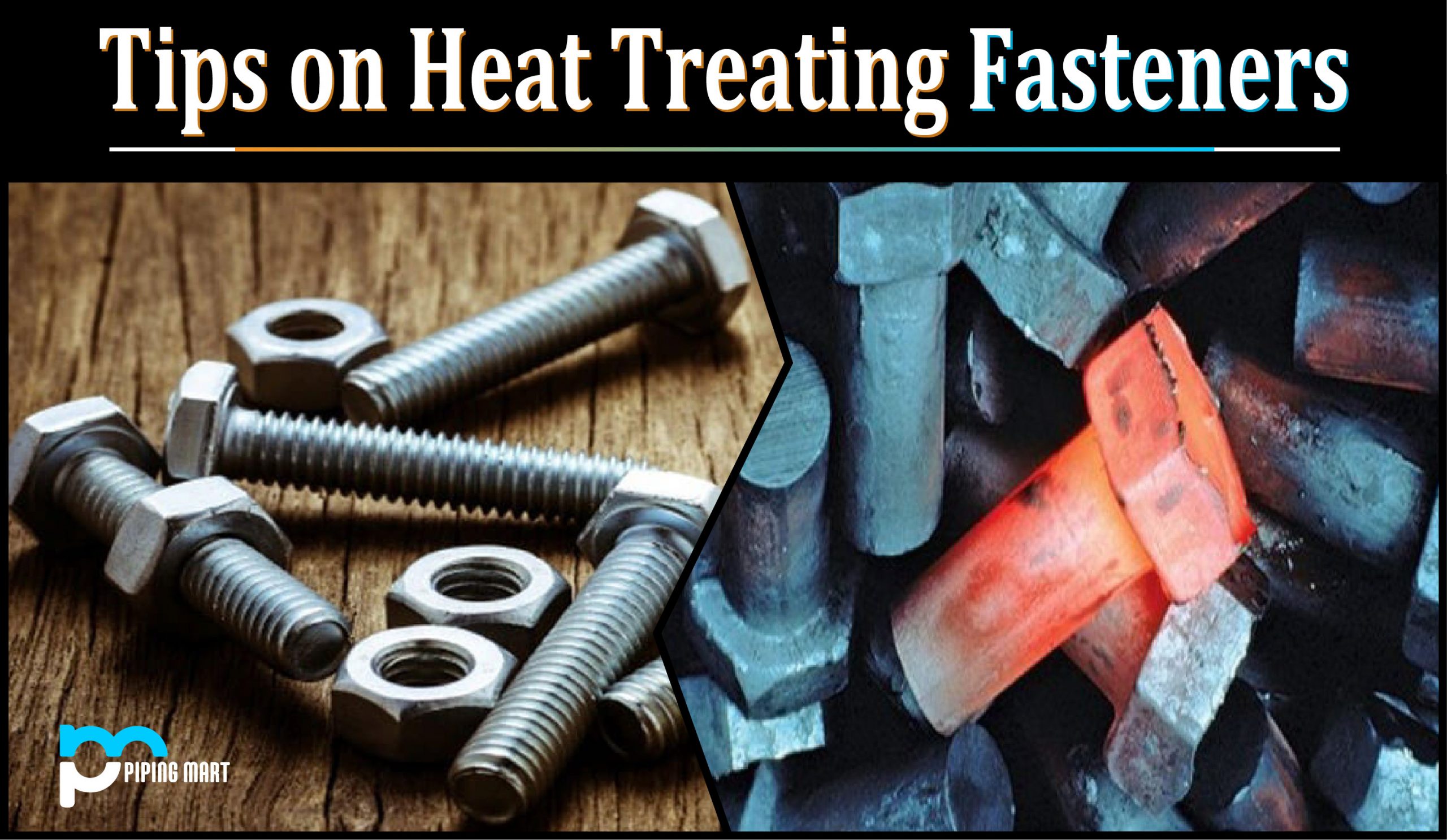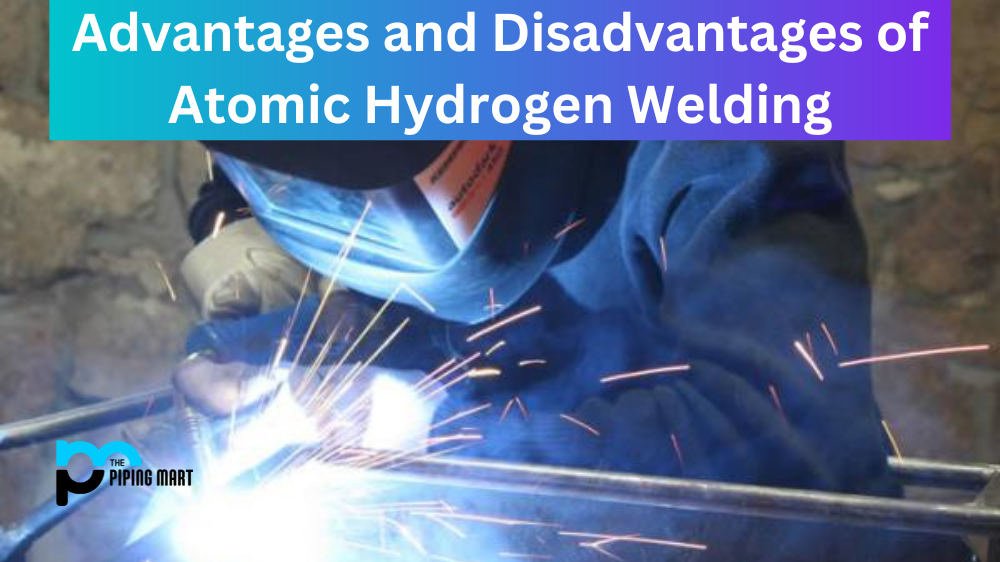When the alloys or the metals are in the solid state, they are heat treated. This process includes applying cooling and heating operations on the metal. Fasteners undergo heat treatment to improve their properties. These properties include rigidity, smoothness, malleability, and material strength. Annealing is done to alter the microstructure of the metal.
Some points that should be kept in mind while heat treating fasteners:
- Pay heed to the chemistry of the elements: The capacity of the fastener, and the reaction of the heat treatment, depending on the chemistry of the element. One of the elements that is used as a hardening agent, is boron, although it does not majorly affect the formability and machineability. The chemistry of elements is very important while giving the heat treatment, because these elements may slow down carburization.
- Cleaning and drying of the parts: Cleaning and drying of the metal parts is very important after heat treatment. The dirt has to be removed from the surface of the part, and disposed in the disposal system. There are various ways by which cleaning can be done: hands, ultrasonics, dunking, spray agitators, and chemical and thermal actions.
- Preventing bending of the parts and damaged thread: The thread can be damaged due to mishandling practices. If a metal rod is not used properly to clear the jams, irreversible damage can be caused to the thread. When the system or the equipment is down for maintenance, the whole system should be checked carefully to identify where the real problem lies.
- Take control of the annealing operation: The wire is rolled into a smaller gauge without any cracking. This is called spheroidization. This is an important process for fasteners, as it ensures the softness and the formability of the steel. Annealing leads to the heading, bending, and rolling process.

Pipingmart is B2B portal specializes in industrial, metal and piping products. Also, share latest information and news related to products, materials and different types grades to help business dealing in this industry.




